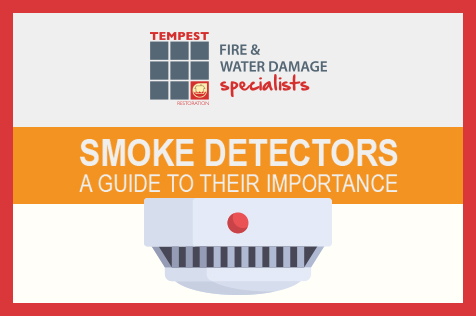The Science Underlying Mold And Mildew Development After Water Damages Occurs
The Science Underlying Mold And Mildew Development After Water Damages Occurs
Blog Article
Authored By-McDonald Munch
So, you've dealt with water damage in your house, but have you ever before wondered what in fact happens behind the scenes that causes mold and mildew growth? Recognizing the clinical procedures at play can be important in tackling this concern efficiently. From the first influence of water on surfaces to the function of wetness in mold and mildew advancement, there are elaborate systems that establish the stage for mold to prosper post-water damages. Remain tuned to discover the interesting scientific research behind mold and mildew development after water damage and how you can battle it.
## Effect of Water Exposure on Surfaces
When water penetrates surfaces, it initiates a series of chemical reactions that lead the way for mold and mildew development. https://blogfreely.net/tom25christoper/looking-into-the-science-behind-mold-growth-complying-with-water-damage develops a wet environment where mold spores, which are constantly present in the air, can grow. The dampness serves as a stimulant, triggering inactive mold spores to sprout and start the development process. When turned on, these spores prey on organic materials existing in the affected area, such as timber, drywall, or textile, breaking them to maintain their growth.
The impact of water exposure on surface areas is extensive. view does it offer the essential problems for mold to thrive, however it additionally deteriorates the structural integrity of the products it infiltrates. As mold and mildew nests grow and spread out, they can create considerable damage to the surfaces they live in. This wear and tear can jeopardize the safety of the affected framework and may call for substantial repair services to fix. Therefore, dealing with water damage immediately and efficiently is important in protecting against mold growth and preserving the stability of the affected surfaces.
## Role of Wetness in Mold And Mildew Development
Wetness plays an essential function in cultivating mold and mildew growth, producing an atmosphere for spore germination and growth. When water damage takes place, the excess wetness gives a breeding place for mold and mildew to grow.
Mold spores, which are present all over in the environment, call for moisture to trigger and start the growth procedure. Once these spores run into a wet or wet area, they soak up the wetness and start to increase swiftly. The existence of moisture not just launches the germination of spores yet likewise sustains the growth of mold hyphae, the branching filaments that develop the text of the mold and mildew.
These hyphae spread and release even more spores, better polluting the area. Therefore, regulating wetness degrees is crucial in preventing mold growth after water damages. PuroClean of Nanuet water and fire damage restoration drying out techniques and moisture control actions are necessary to hinder mold development and guard your indoor environment from mold-related concerns.
## Environmental Elements Influencing Mold Development
To comprehend mold and mildew development after water damage, it's important to consider the different ecological aspects that affect the expansion of mold and mildew colonies.
Temperature plays a significant function in mold and mildew development, with most mold and mildews prospering in temperature levels between 77-86 ° F (25-30 ° C).
High moisture degrees above 60% produce a conducive environment for mold and mildew spores to sprout and spread rapidly.
Poor air flow exacerbates the concern by trapping wetness inside your home, supplying a perfect setting for mold development.
Additionally, darkness advertises mold and mildew expansion, making concealed or enclosed rooms much more susceptible to invasions.
Air movement and air top quality are essential in mold and mildew avoidance, as stationary air can result in moisture build-up and create desirable problems for mold to flourish.
Outside factors like closeness to bodies of water or damp dirt can also influence indoor mold and mildew development via raised moisture degrees.
## Conclusion
So, to sum it up, when water seeps right into surfaces, it produces a best breeding ground for mold and mildew to grow and spread out.
By controlling wetness levels and guaranteeing proper ventilation, you can avoid mold and mildew from creating more damage to your residential property.
Keep in mind, remaining positive in handling water damages is crucial to maintaining mold at bay and preserving a risk-free living setting.